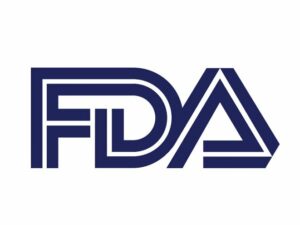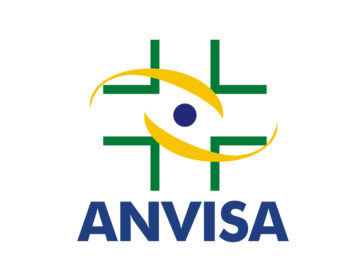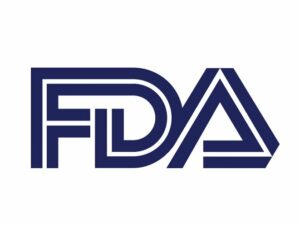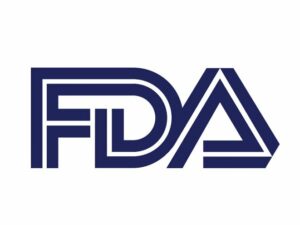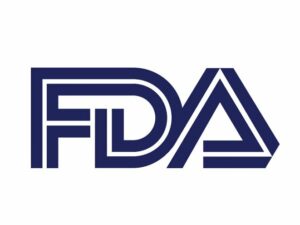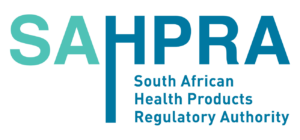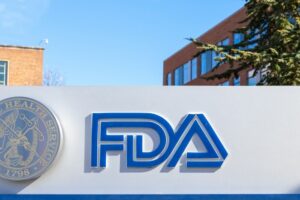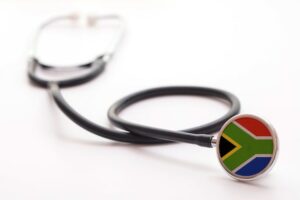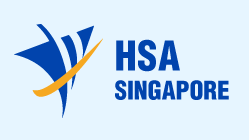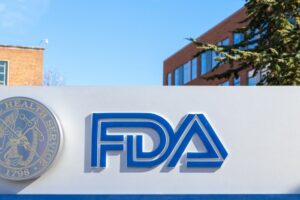The article provides an overview of the questions and answers document issued by the US regulating authority and highlights the key points related to
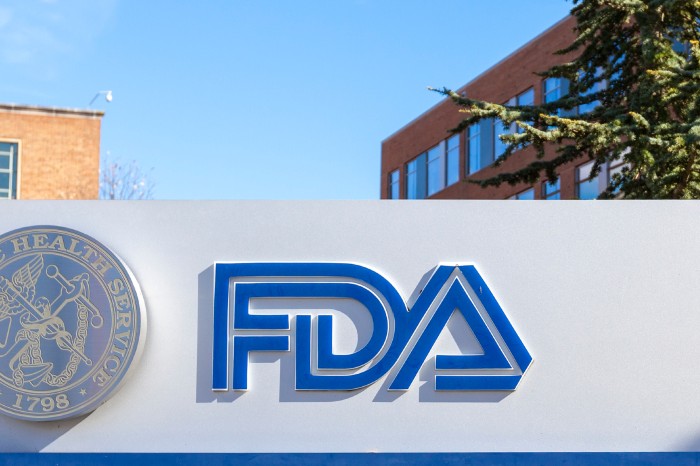
Table of Contents
The Food and Drug Administration (FDA or the Agency), the US regulating authority in healthcare products, has published a guidance document dedicated to using whole slide imaging in nonclinical toxicology studies. The guidance issued in the form of a questions and answers document provides an overview of the applicable regulatory requirements, as well as additional clarifications and recommendations to be taken into consideration by medical device manufacturers, study sponsors, and other parties involved to ensure compliance thereto. At the same time, provisions of the guidance are non-binding in their legal nature, nor are they intended to introduce new rules or impose new obligations. Moreover, the authority explicitly states that an alternative approach could be applied, provided such an approach is in line with the existing regulatory framework. It has been agreed with the authority in advance.
Regulatory Background
The present guidance is intended to provide additional clarifications with respect to the use and management of whole slide images used during histopathology assessment and/or pathology peer review performed for good laboratory practice (GLP)- compliant nonclinical toxicology studies using non-human specimens. At the same time, the authority explicitly states that the use of whole slide imaging for clinical applications actually falls outside the scope of the present guidance.
The authority further emphasizes the importance of proper documentation in the context of whole-slide imaging. However, the expectations of the authority are not clearly defined. The present guidance is intended to provide additional clarity on the matters related to the management, documentation, and use of whole slide imaging in histopathology assessment and/or pathology peer review for nonclinical studies conducted in compliance with the GLP regulations.
The document further emphasizes the importance of the histopathological assessment tissue samples could be subject to during nonclinical laboratory studies. Usually, such an assessment includes two rounds of review: by the study pathologist and another pathologist or the respective group. The entire process should be conducted strictly per the applicable regulatory requirements and duly documented.
At the same time, the aspects related to causal consultations and the exchange of opinions are falling outside the scope of the present document.
Definition and Concept
First, the authority defines a whole slide imaging and describes the said concept in detail. According to the guidance, whole slide imaging is a process that includes four sequential parts: image acquisition (scanning), image processing, image file storage, and display of images. In particular, special software and hardware solutions are used to generate a two-dimensional digital image of a glass history slide used for routine assessment in generating the pathology report. At the same time, it is important to mention that the digital image obtained as a result of the above process should not be considered an exact copy of the glass slide while it should contain all the key elements that are necessary for a histopathological examination to be conducted.
Whole Slide Image Retention
In accordance with the guidance, for GLP-compliant nonclinical toxicology studies, if whole slide images are assessed in lieu of the original glass slides and result in the generation of pathology raw data, the whole slide image files should be retained as study records and archived. Furthermore, the authority additionally emphasizes the importance of ensuring the images readied will be accessible and viewable in time, as this could potentially be affected by new updates to the software and/or hardware used for the procedures associated thereto. It is also stated that the initial glass slides containing study specimens should also be retained.
With respect to the whole slide image retention, the authority explains that the whole slide image files provided to the study pathologist for histopathological examination and/or provided to the peer review pathologist(s) for pathology peer review, referred to here as the original whole slide image files, should be retained if they are used to generate raw data. Moreover, any technical processing modifications the images are subject to should be duly documented and not impact the visibility of the objects captured from the glass slide.
Image Processing: Key Points
The pathologist working with a whole slide image file is allowed to make nonpermanent adjustments with the use of image viewing software. However, permanent changes are not allowed.
The entire whole slide image processing should be carried out strictly in accordance with the respective written procedures. The scope of such policies and procedures should cover the aspects related to the training the staff involved should undergo, as well as software management, slide scanning, and file access.
In terms of validation, the authority mentions that in case the whole slide images are intended to be used to generate raw data, the appropriate validation requirements apply to the system comprised of both the software and hardware used.
In summary, the present FDA guidance provides an overview of the regulatory requirements related to whole slide image processing in the form of a questions and answers document. The guidance covers the most important aspects associated with the matter and also provides additional clarifications regarding the authority’s expectations in terms of procedures and documentation.
How Can RegDesk Help?
RegDesk is a holistic Regulatory Information Management System that provides medical device and pharma companies with regulatory intelligence for over 120 markets worldwide. It can help you prepare and publish global applications, manage standards, run change assessments, and obtain real-time alerts on regulatory changes through a centralized platform. Our clients also have access to our network of over 4000 compliance experts worldwide to obtain verification on critical questions. Global expansion has never been this simple.
Want to know more about our solutions? Speak to a RegDesk Expert today!
–>
- SEO Powered Content & PR Distribution. Get Amplified Today.
- PlatoData.Network Vertical Generative Ai. Empower Yourself. Access Here.
- PlatoAiStream. Web3 Intelligence. Knowledge Amplified. Access Here.
- PlatoESG. Automotive / EVs, Carbon, CleanTech, Energy, Environment, Solar, Waste Management. Access Here.
- BlockOffsets. Modernizing Environmental Offset Ownership. Access Here.
- Source: https://www.regdesk.co/fda-qa-on-whole-slide-imaging-2/?utm_source=rss&utm_medium=rss&utm_campaign=fda-qa-on-whole-slide-imaging-2
- :has
- :is
- :not
- a
- About
- above
- access
- accessible
- accordance
- According
- acquisition
- actually
- Additional
- Additionally
- adjustments
- administration
- advance
- agency
- alerts
- All
- allowed
- also
- alternative
- an
- and
- Another
- answers
- any
- applicable
- applications
- applied
- Apply
- approach
- appropriate
- ARE
- article
- AS
- aspects
- assessed
- assessment
- assessments
- associated
- At
- authority
- BE
- been
- both
- by
- CAN
- captured
- carried
- case
- centralized
- change
- Changes
- clarity
- clearly
- clients
- Clinical
- Companies
- compliance
- compliant
- Comprised
- concept
- conducted
- consideration
- considered
- consultations
- context
- could
- cover
- covers
- critical
- data
- dedicated
- defined
- Defines
- detail
- device
- digital
- Display
- document
- documentation
- documented
- drug
- during
- elements
- emphasizes
- ensure
- ensuring
- Entire
- examination
- exchange
- existing
- expansion
- expectations
- expert
- experts
- Explains
- Falling
- Falls
- fda
- File
- Files
- food
- Food and Drug Administration
- For
- form
- four
- Framework
- from
- further
- generate
- generating
- generation
- glass
- Global
- global expansion
- good
- Group
- guidance
- Hardware
- Have
- healthcare
- help
- here
- highlights
- history
- holistic
- However
- HTTPS
- if
- image
- images
- Imaging
- Impact
- importance
- important
- impose
- in
- includes
- information
- initial
- Intelligence
- intended
- into
- introduce
- involved
- Issued
- IT
- Key
- Know
- laboratory
- Legal
- Line
- make
- manage
- management
- management system
- Manufacturers
- Markets
- Matter
- Matters
- max-width
- medical
- medical device
- mentions
- Modifications
- more
- Moreover
- most
- Nature
- necessary
- network
- never
- New
- nor
- objects
- obligations
- obtain
- obtained
- of
- on
- Opinions
- or
- original
- Other
- our
- out
- outside
- over
- overview
- particular
- parties
- parts
- pathology
- peer
- per
- performed
- permanent
- Pharma
- platform
- plato
- Plato Data Intelligence
- PlatoData
- points
- policies
- potentially
- practice
- Prepare
- present
- procedures
- process
- processing
- Products
- proper
- provide
- provided
- provides
- publish
- published
- Q&A
- Questions
- Raw
- raw data
- real-time
- recommendations
- records
- referred
- regarding
- regulating
- regulatory
- related
- report
- Requirements
- respect
- respective
- result
- retention
- review
- rounds
- rules
- Run
- s
- Said
- same
- scanning
- scope
- should
- Simple
- Slide
- Slides
- Software
- Solutions
- Sources
- speak
- special
- special software
- Sponsors
- Staff
- standards
- stated
- States
- storage
- studies
- Study
- subject
- such
- SUMMARY
- system
- taken
- Technical
- terms
- that
- The
- their
- they
- this
- Through
- time
- Title
- to
- Training
- two
- undergo
- Updates
- us
- use
- used
- using
- usually
- validation
- Verification
- viewing
- visibility
- want
- WELL
- while
- whole
- will
- with
- working
- worldwide
- written
- you
- zephyrnet


